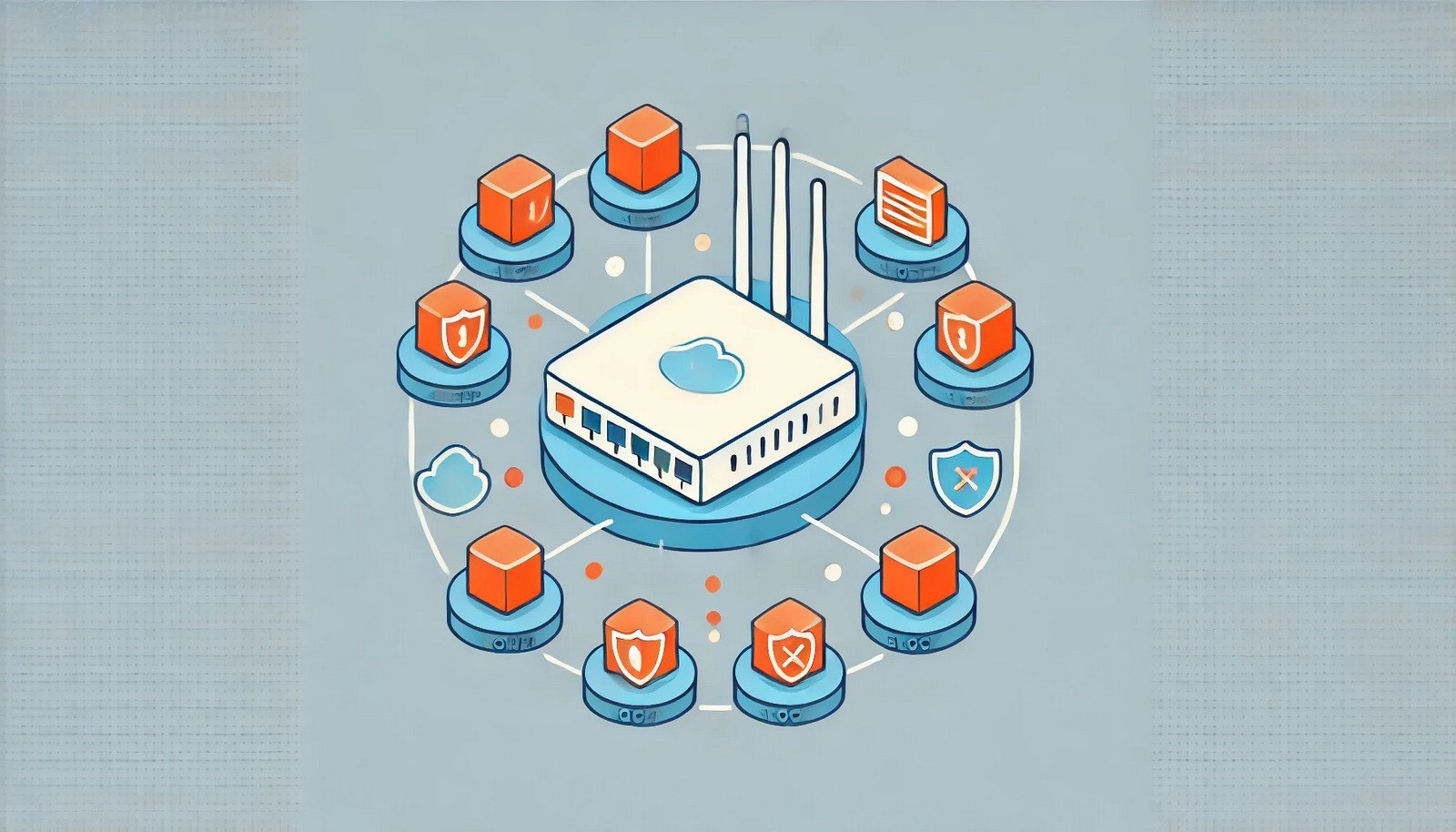Packet Filtering
 (Representational Image | Source: Dall-E)
(Representational Image | Source: Dall-E)
Quick Navigation:
- Packet Filtering Definition
- Packet Filtering Explained Easy
- Packet Filtering Origin
- Packet Filtering Etymology
- Packet Filtering Usage Trends
- Packet Filtering Usage
- Packet Filtering Examples in Context
- Packet Filtering FAQ
- Packet Filtering Related Words
Packet Filtering Definition
Packet filtering is a network security mechanism that controls incoming and outgoing network traffic based on predetermined security rules. It operates at the network layer of the OSI model, inspecting data packets and allowing or blocking them based on attributes like source and destination IP addresses, ports, and protocols. Packet filtering is fundamental in firewalls, preventing unauthorized access while permitting legitimate communication. It is commonly used in routers and security appliances to enforce access control policies efficiently.
Packet Filtering Explained Easy
Imagine a security guard at a building entrance checking people’s ID cards. If someone’s ID matches the list of allowed visitors, they are let in; if not, they are turned away. Packet filtering works the same way but for internet traffic. It checks each data packet to see if it’s from a trusted source before allowing it to enter or leave a network.
Packet Filtering Origin
The concept of packet filtering emerged in the early 1980s as the internet expanded and security threats became a concern. Early firewalls used packet filtering as a simple yet effective way to control traffic. Over time, more advanced filtering techniques were developed to enhance network security.
Packet Filtering Etymology
The term “packet filtering” derives from its function: filtering (allowing or blocking) data packets based on predefined rules.
Packet Filtering Usage Trends
Packet filtering remains a crucial security measure in networking. While stateful and deep packet inspection firewalls have gained popularity, packet filtering remains widely used due to its efficiency and low computational overhead. Modern cloud security and enterprise networks still rely on packet filtering for traffic control and threat prevention.
Packet Filtering Usage
- Formal/Technical Tagging:
- Network Security
- Firewall Technology
- Access Control - Typical Collocations:
- "packet filtering firewall"
- "network traffic filtering"
- "IP-based packet filtering"
- "basic firewall rules"
Packet Filtering Examples in Context
- A company uses packet filtering on its routers to block incoming traffic from suspicious IP addresses.
- Internet service providers (ISPs) implement packet filtering to prevent the spread of malicious traffic.
- Home routers apply packet filtering rules to restrict access to unsafe websites.
Packet Filtering FAQ
- What is packet filtering?
Packet filtering is a method of controlling network traffic based on predefined security rules. - How does packet filtering work?
It examines data packets' attributes, such as IP addresses and port numbers, to decide whether to allow or block them. - What is the main purpose of packet filtering?
To enhance security by permitting only legitimate network traffic while blocking unauthorized access. - Where is packet filtering commonly used?
It is used in firewalls, routers, and network security appliances. - What are the limitations of packet filtering?
It cannot inspect packet contents, making it less effective against complex threats like malware. - How does packet filtering differ from deep packet inspection?
Packet filtering checks basic attributes, whereas deep packet inspection analyzes the actual data within packets. - Is packet filtering suitable for large-scale networks?
Yes, but it is often combined with more advanced security measures. - Can packet filtering prevent cyber attacks?
It helps reduce risks but should be used alongside other security mechanisms. - What protocols does packet filtering support?
It can filter traffic based on TCP, UDP, ICMP, and other protocols. - Is packet filtering the same as a firewall?
Packet filtering is a technique used within firewalls to regulate network traffic.
Packet Filtering Related Words
- Categories/Topics:
- Cybersecurity
- Network Protection
- IT Security
Did you know?
Packet filtering was one of the first security techniques implemented in firewalls during the 1980s. Even today, it remains a fundamental part of modern security systems, demonstrating its enduring effectiveness in network protection.
PicDictionary.com is an online dictionary in pictures. If you have questions or suggestions, please reach out to us on WhatsApp or Twitter.Authors | Arjun Vishnu | @ArjunAndVishnu

I am Vishnu. I like AI, Linux, Single Board Computers, and Cloud Computing. I create the web & video content, and I also write for popular websites.
My younger brother, Arjun handles image & video editing. Together, we run a YouTube Channel that's focused on reviewing gadgets and explaining technology.



Comments powered by CComment